Visit to the Gran Mariscal de Ayacucho Museum [ENG-ESP]
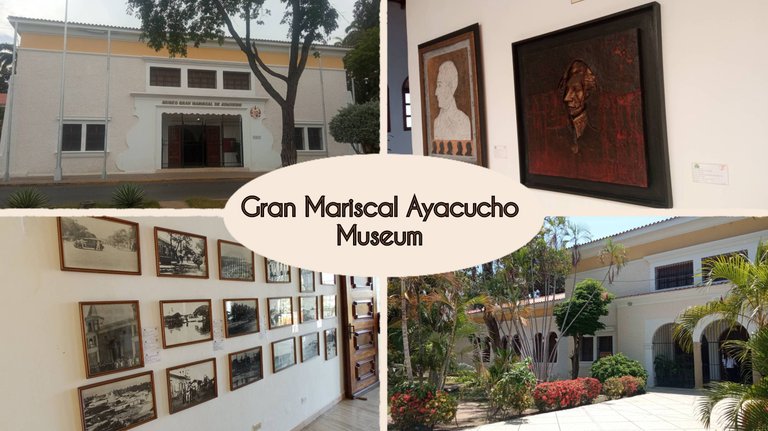
[ENG]
Greetings dear friends of Worldmappin, happy to stop by again, this time to recreate my visit to the Gran Mariscal de Ayacucho Museum, located in the center of the city of Cumaná, Sucre state, Venezuela, birthplace of the hero of the independence of South America, Antonio José Francisco de Sucre y Alcalá. More than a couple of years ago I was about to visit this museum that has an architecture where the colonial aspect prevails. This precinct has two entrances, on Humbolt Avenue for public attention, while the access for the use of the personnel that works there has a beautiful view, in front of the emblematic Manzanares River.
The museum is very well maintained structurally, despite being a building dating from 1945, initially as the headquarters of the Municipal Council and whose design is the work of the architect Luis Yáñez. It was in 1974 that it was decreed the cultural use as a museum in commemoration of the Battle of Ayacucho.
The garden area is really beautiful, so I took several shots of its imposing architecture from various angles.

Main entrance, public access
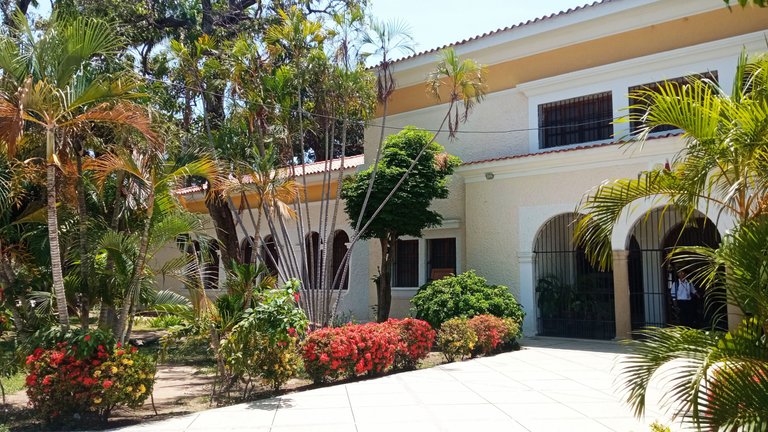
Entrance for authorized personnel
 )
)
 )
)
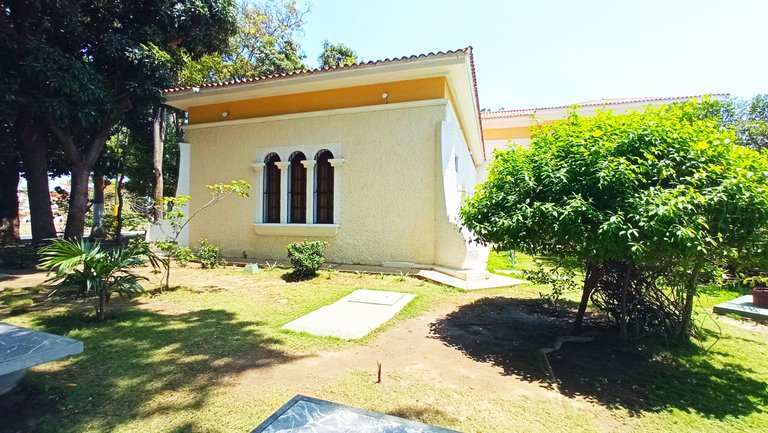
In its lavish garden we find many ornamental plants of sublime colors, however, a large tree stands out for being one of the oldest, besides being unique in Venezuela, is called “Amate”, whose roots have such an extension that feed the Manzanares River, totally amazing.

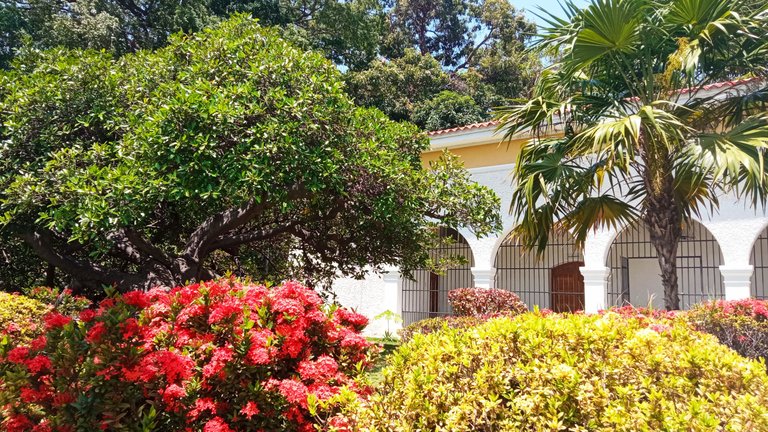

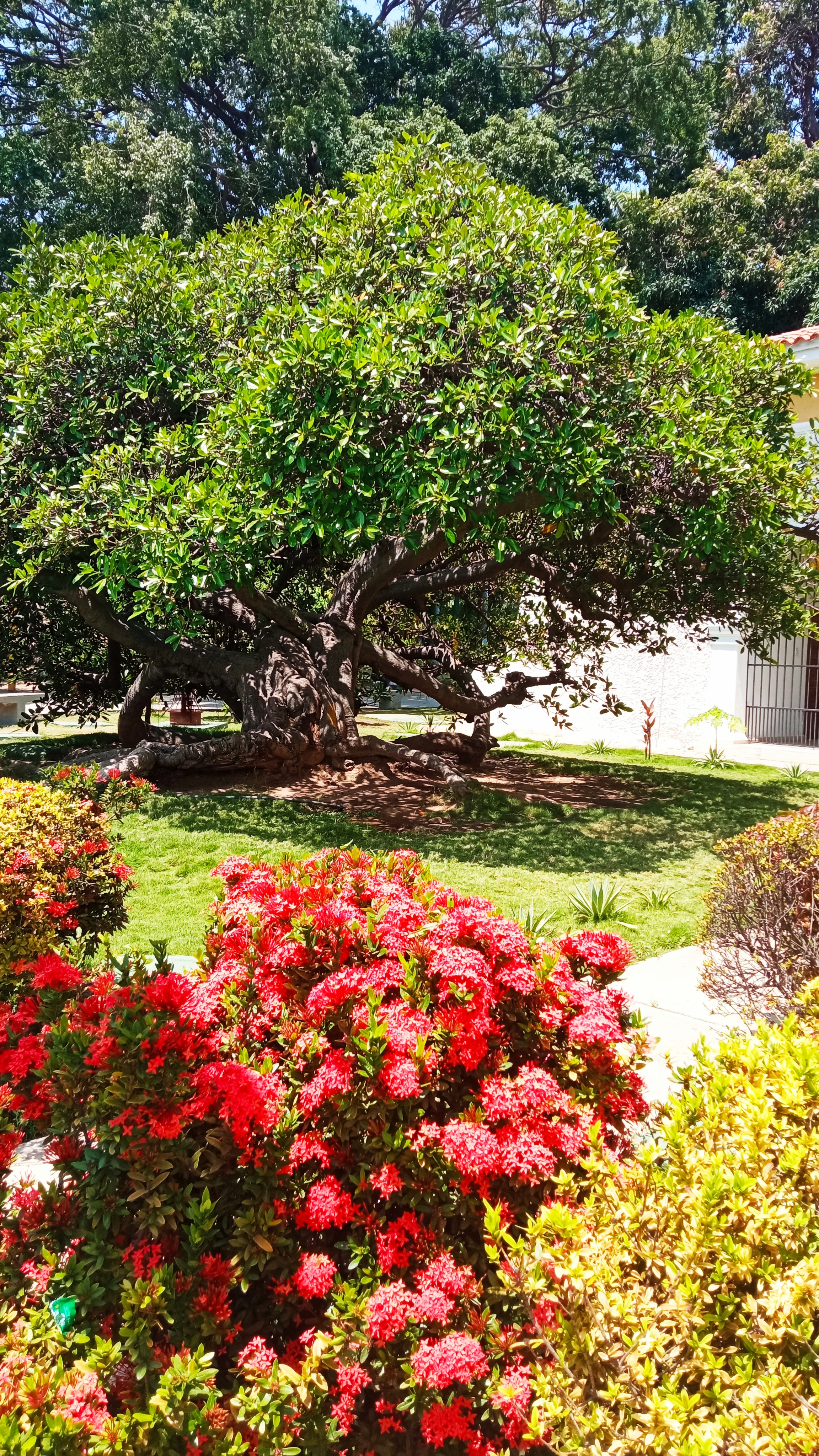
This museum is dedicated to the life and work of the Great Marshal Antonio José de Sucre, born in Cumaná on February 3, 1795, so there we will find several objects that take us to know his history, such as portraits, belongings, antique furniture, statues, as well as other works, such as oil paintings alluding to the Cumaná of yesterday. This museum consists of two levels, we begin the tour on the first floor. Upon entering its facilities, the first thing the guide presented to me was a bust of the Great Marshal of Ayacucho made in bronze by the artist Julio César Briceño.
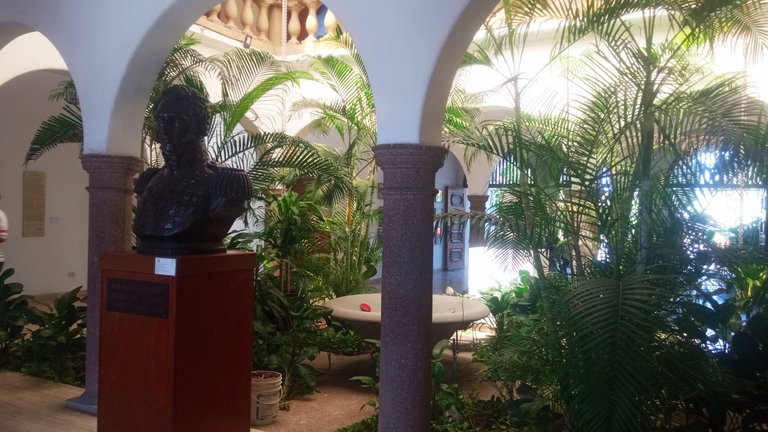
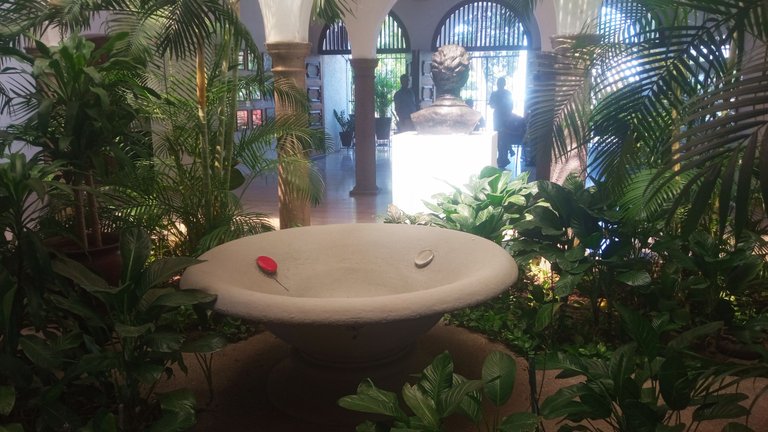
At the same entrance we find a beautiful bronze bell, which belongs to the church Carmen La Ermita, where the Grand Marshal Antonio José de Sucre was baptized. This church was collapsed by an earthquake that struck the city many years ago, however, a plaque with his name is proof of its location, very close to the historic center of the city.
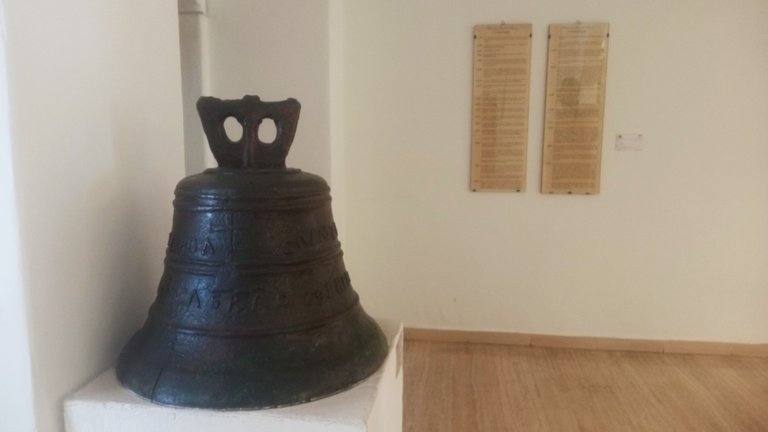
On the walls of the museum we not only find portraits, but also long writings reflecting the chronology of the life of Antonio José de Sucre and his thoughts, the most important being “I am very tired (....) and I wish to belong to my wife and family, after my country has kept me away for 5 and a half years”.
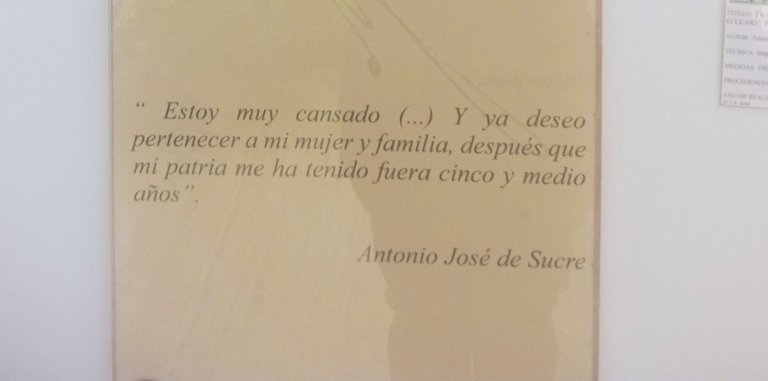
The Cumaná of yesterday also has its space on the walls of the Ayacucho museum. The photos were taken panoramic type, not in detail because they are museum regulations and for that reason there were objects that unfortunately I could not capture. In these photographs I was able to see what Cumaná was like between 1912 and 1933. Among the emblematic places full of history were mentioned: the old Miranda square, the facade of the Santa Inés Church, the Guzmán Blanco bridge and the San Antonio de la Eminencia castle.
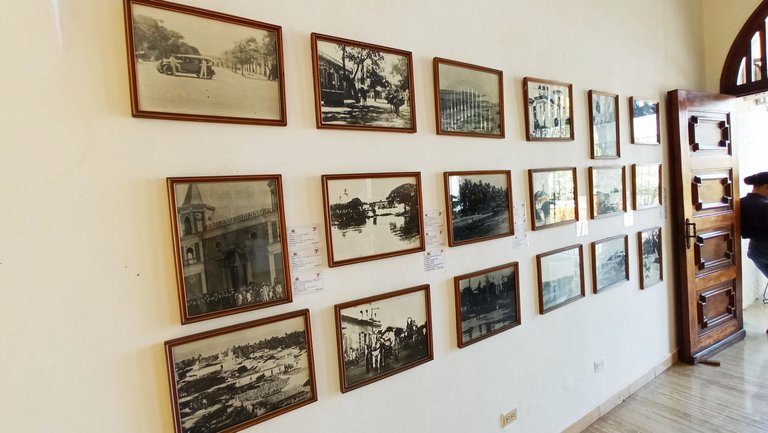
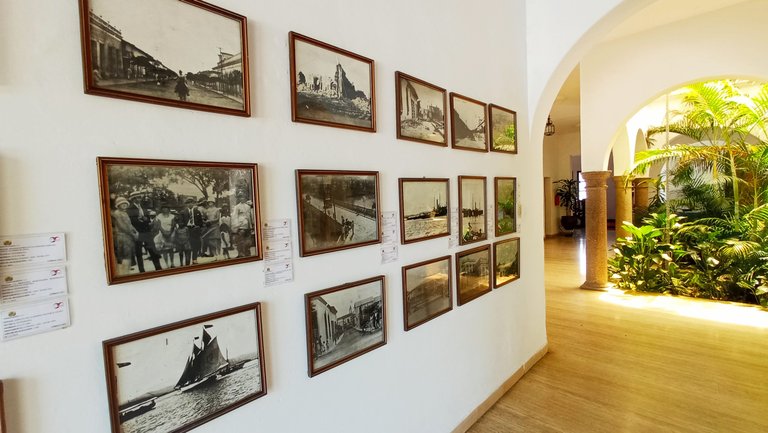
To finish the tour on the first floor, we find several works by artists from the states of Sucre, Golindano, Carúpano and Yaguaraparo.
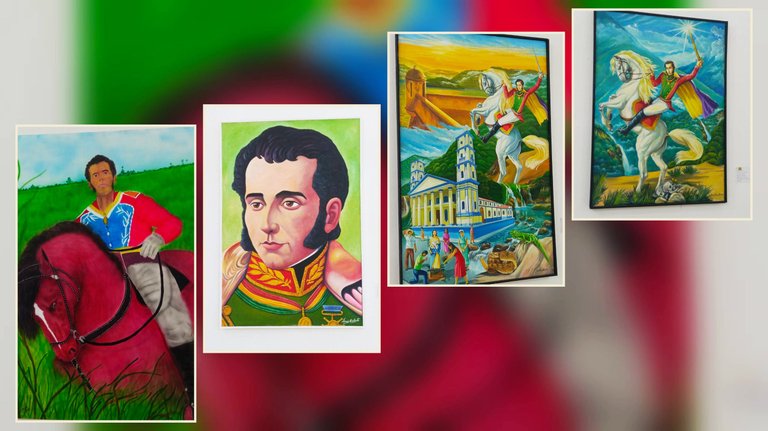
Before starting the tour on the second level, we find a beautiful space with several works allusive to the Great Marshal of Ayacucho, in one of them can be seen next to his only wife, the Ecuadorian Marquise Maria Ana Carcelen, works of artist Cleto Rojas, deceased.
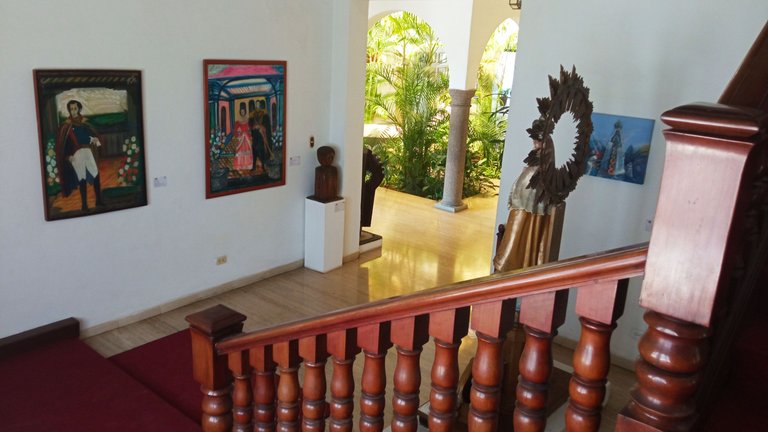
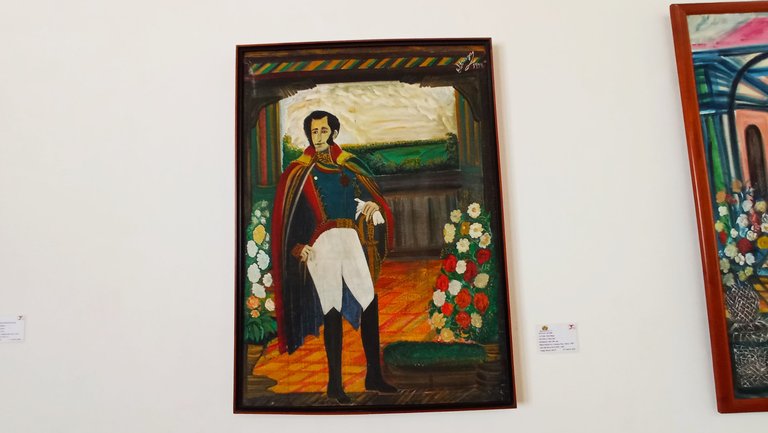
There is also a large mirror with a bronze frame in the XVIII century regency style. It is an exact replica of the one that was donated to Antonio José de Sucre when he was president of Bolivia, the original has a gold frame. In the photograph you can also see the Grand Marshal of Ayacucho carved in wood.
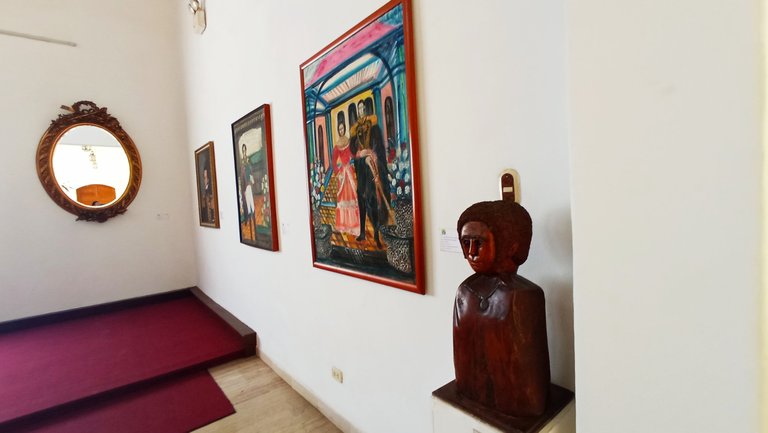
On the second level we entered the Ayacucho room, where we found several works of art, antique furniture and showcases with belongings of the Grand Marshal, as well as objects used by his wife María Carcelén.
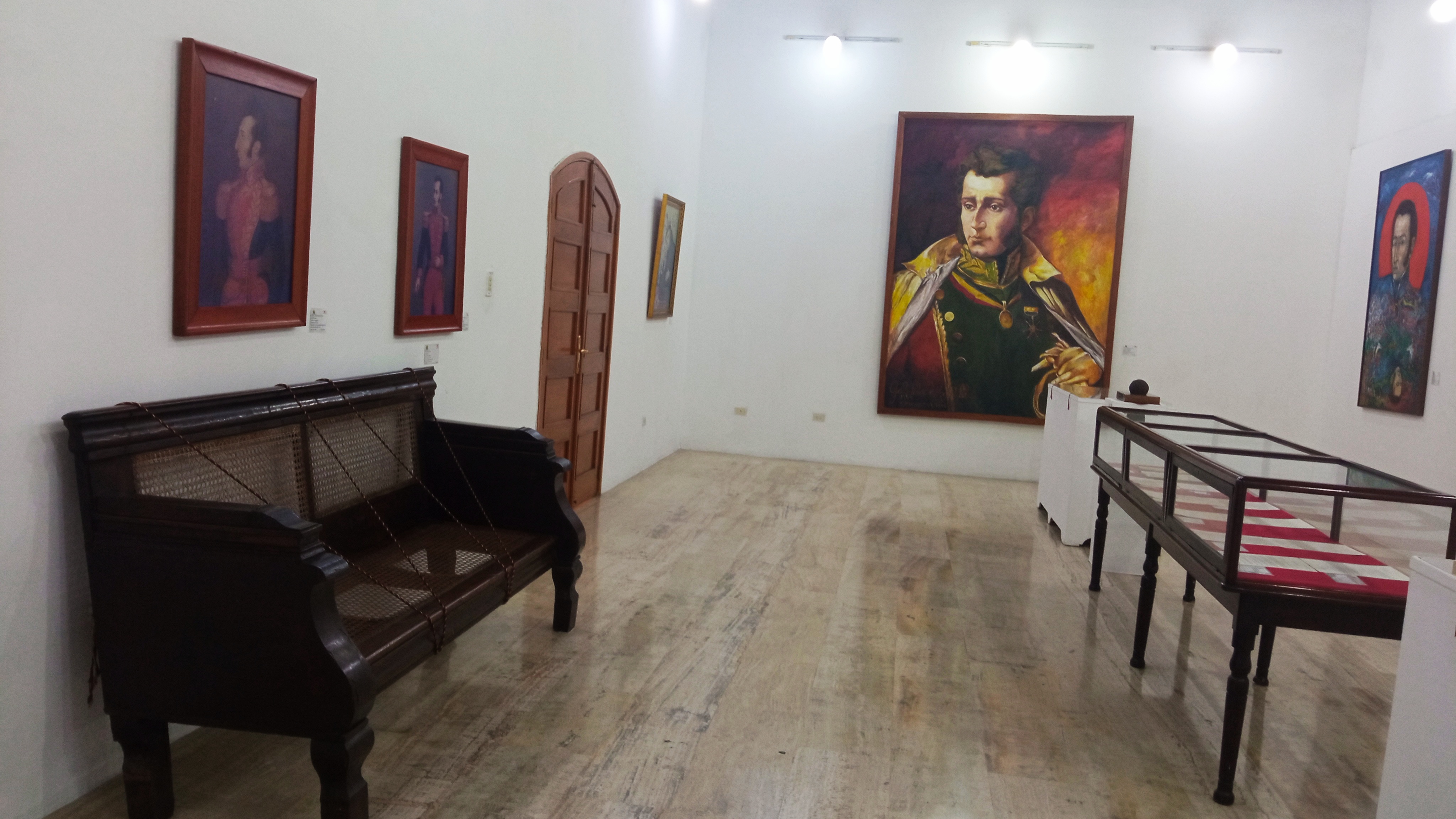
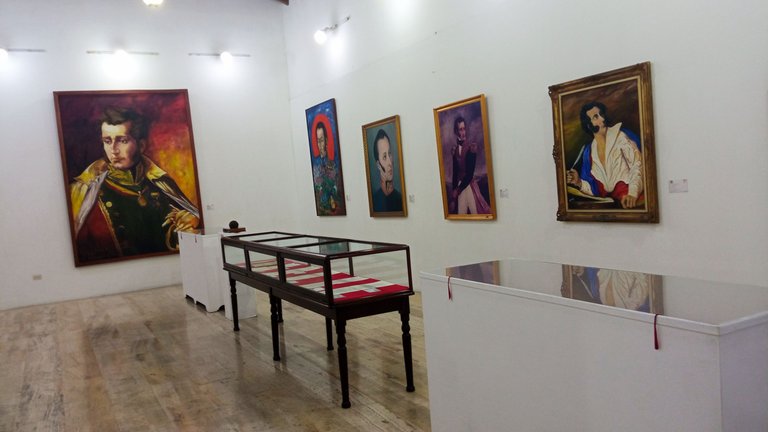
In the showcase there are two chests, the larger one contains soil from the places where the Grand Marshal fought the most important battles, Carabobo, Ayacucho and Berruecos, while the silver chest contains soil from El Pichincha hill. Among the weapons used at the time are a musket and a bayonet. Among other objects there is a replica of the key of Cumaná, its representation is symbolic and a military kepi from Bolivia from 1995.
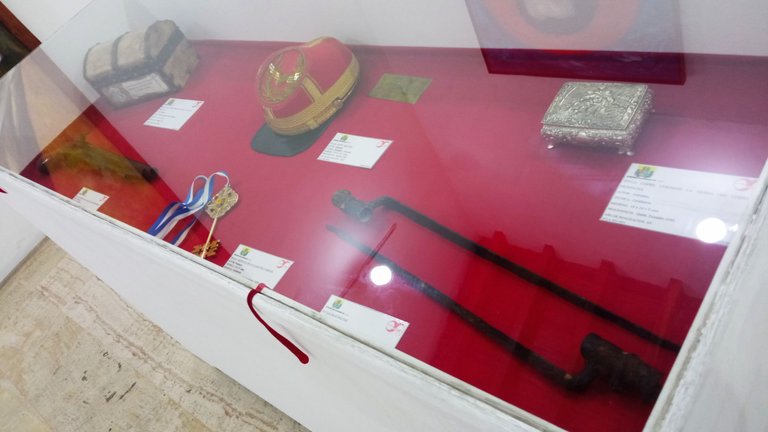
This display case shows the coins and banknotes that circulated in Ecuador until the year 2000, as well as bronze coins with the figure and data of the Great Marshal of Ayacucho.
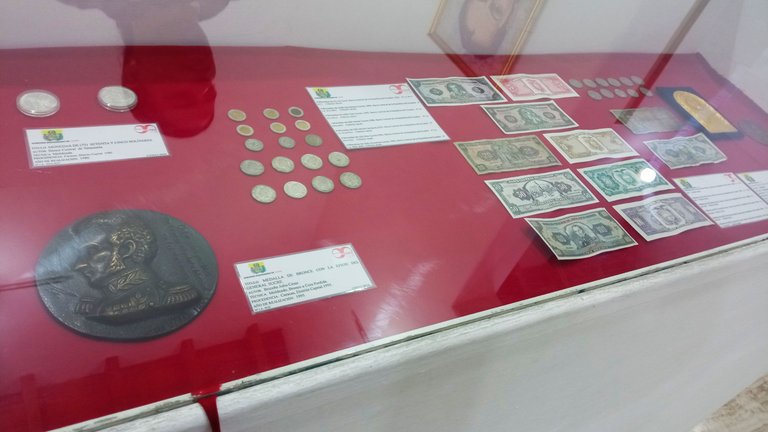
Among the important works exhibited in the museum is the strategy of the battle of Ayacucho, led by the Grand Marshal, which took place on December 9, 1824, in the pampas of Quinua, Peru.

To finish the tour, I was able to capture several works, among them the assassination of the Grand Marshal of Ayacucho in Berruecos, which occurred on June 4, 1830, two busts, one of General Bermúdez and the other of José Martí, both made in bronze by the author David David. Finally, two portraits of this important hero are exhibited, one of them made in a wood technique with glass resin. The name of the work is “Cumana, behold your son”, by Paula Viñoles.
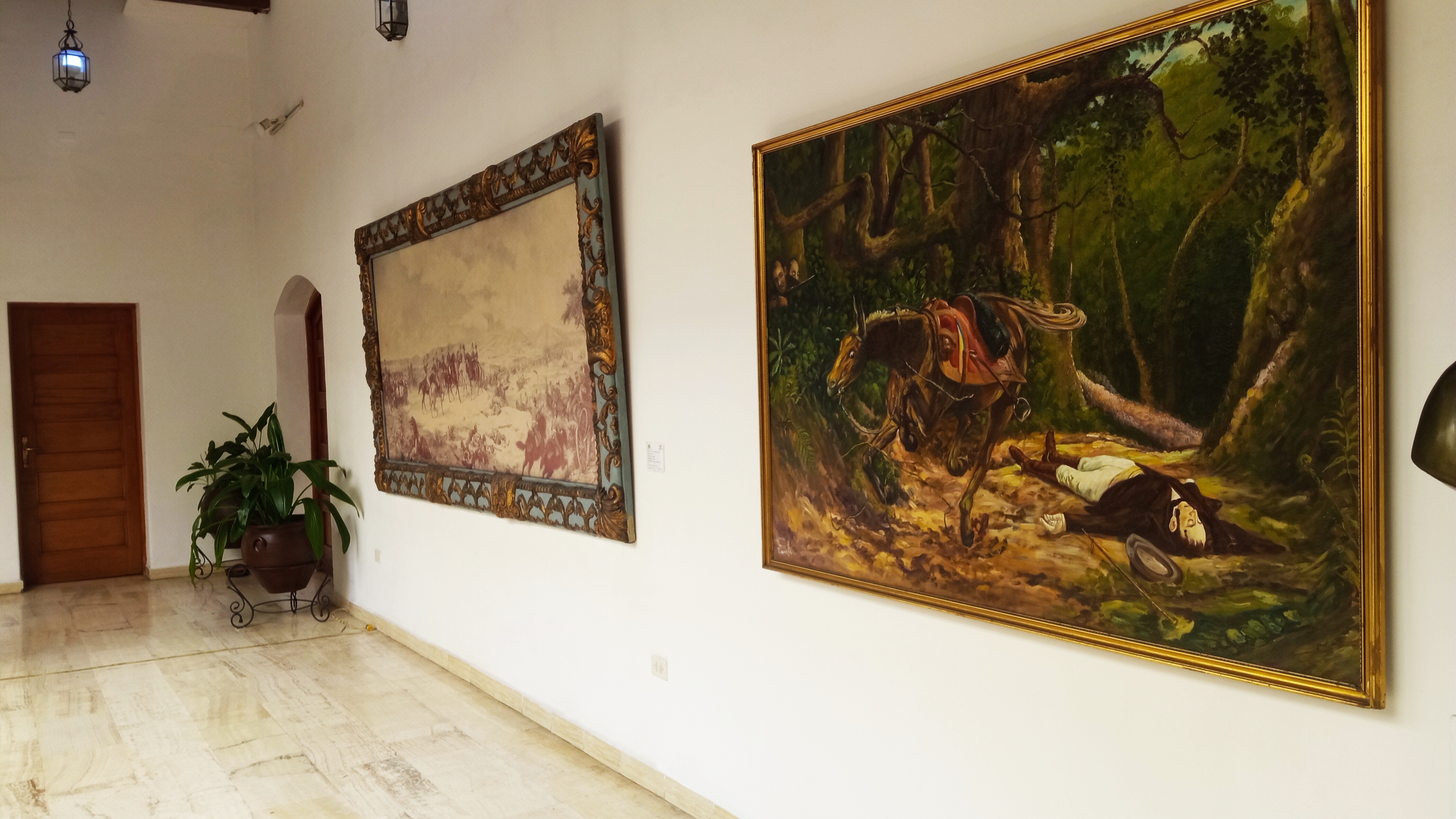

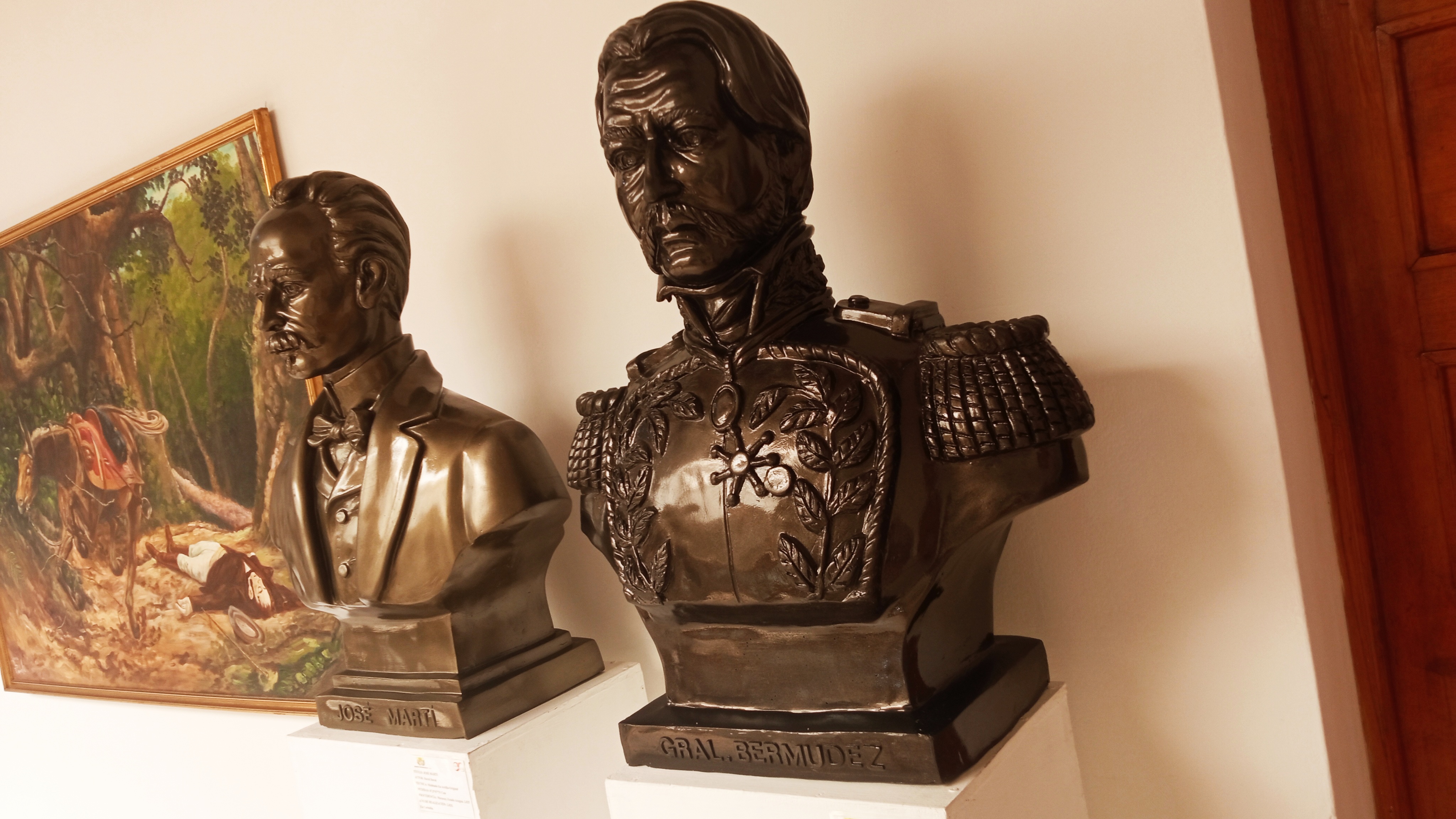
The visit to the museum was very pleasant, it is also a must, every Cumanese should make this visit to learn about the foundations of the history of the city, its heroes, as well as other emblematic aspects that are part of our cultur.
Thank you for reading
The photos are originals taken with my Xiaomi Redmi 9 phone. The editions were made with the GridArt application
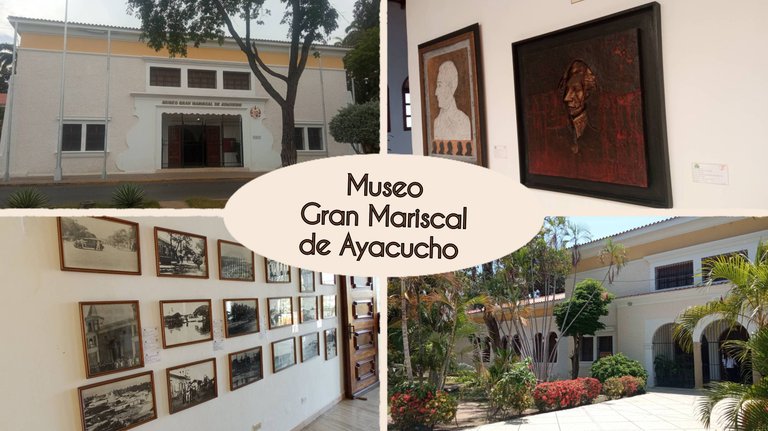
[ESP]
Saludos estimados amigos de Worldmappin, feliz de pasar nuevamente por aquí, esta vez para recrear mi visita al Museo Gran Mariscal de Ayacucho, ubicado en el centro de la ciudad de Cumaná, estado Sucre, Venezuela, cuna del prócer de la independencia de América del Sur, Antonio José Francisco de Sucre y Alcalá. Hace más de un par de años que estaba por visitar este museo que posee una arquitectura donde impera el aspecto colonial. Ese recinto cuenta con dos entradas, por la en Av. Humbolt para atención al público, mientras que el acceso para uso del personal que allí labora tiene una vista hermosa, frente al emblemático río Manzanares.
El museo está muy bien cuidado estructuralmente, pese a ser una construcción que data del año 1945, inicialmente como sede del Consejo Municipal y cuyo diseño es obra del arquitecto Luis Yáñez. Fue en el año 1974 que fue decretado el uso cultural como sede de Museo en conmemoración de la Batalla de Ayacucho.
El área de sus jardines es realmente hermosa, así que realicé varias tomas de su imponente arquitectura en varios ángulos.

Entrada principal, acceso al público

Entrada para el personal autorizado
 )
)
 )
)

En su fastuoso jardín encontramos muchas plantas ornamentales de sublimes colores, sin embargo, un gran árbol resalta por ser uno de los más antiguos, además de ser único en Venezuela, se llama “Amate”, cuya raíces cuentan con una extensión tal que se alimentan del río Manzanares, totalmente asombroso.




Este museo está dedicado a la vida y obra del Gran Mariscal Antonio José de Sucre, nacido en Cumaná el 3 de febrero de 1795, por lo que allí encontraremos varios objetos que nos adentran a conocer su historia, como retratos, pertenencias, mobiliario antiguo, estatuas, además de otras obras, como lo son, los óleos alusivos a la Cumaná del ayer. Este museo consta de dos niveles, comenzamos el recorrido por el nivel planta baja. Al ingresar a sus instalaciones, lo primero que me presentó la guía fue un busto del Gran Mariscal de Ayacucho elaborado en bronce por el artista Julio César Briceño.


En la misma entrada encontramos una hermosa campana de bronce, la cual pertenece a la iglesia Carmen La Ermita, allí fue bautizado el Gran Mariscal Antonio José de Sucre. Esta iglesia fue derrumbada por un terremoto que azotó a la cuidad hace muchos años, no obstante, una placa con su nombre deja constancia de su ubicación, muy cerca del casco histórico de la ciudad.

En las paredes del museo no solo encontramos retratos, también largos escritos donde se refleja la cronología de la vida de Antonio José de sucre y sus pensamientos, siendo el más importante “Estoy muy cansado (….) y ya deseo pertenecer a mi mujer y familia, después que mi patria me ha tenido fuera 5 y medio años”.

La Cumaná del ayer también tiene su espacio en la paredes del museo Ayacucho. Las fotos fueron tomadas tipo panorámicas, no al detalle porque son normativas del museo y por tal motivo hubo objetos que lamentablemente no pude capturar. En estas fotografías pude conocer como era Cumaná entre los años 1912 y 1933. Entre los lugares emblemáticos y cargados de historia fueron mencionados: la antigua plaza Miranda, la fachada de la Iglesia Santa Inés, el puente Guzmán Blanco y el castillo San Antonio de la Eminencia.


Para finalizar el recorrido en la planta baja, encontramos varias obras de artistas oriundos del estado Sucre, Golindano, Carúpano y Yaguaraparo.

Antes de iniciar el recorrido en el segundo nivel, encontramos un hermoso espacio con varias obras alusivas al Gran Mariscal de Ayacucho, en una de ellas se puede apreciar junto a su única esposa, la marquesa Ecuatoriana María Ana Carcelén, obras del artista Cleto Rojas, ya fallecido.


Asimismo, encontramos un gran espejo con marco de bronce estilo regencia del siglo XVIII. Es una réplica exacta del que le fue donado a Antonio José de Sucre cuando fue presidente de Bolivia, el original posee el marco de oro. En la fotografía también se puede observar al Gran Mariscal de Ayacucho tallado en madera.

Ya en el segundo nivel ingresamos al salón Ayacucho, allí encontramos varias obras, mobiliario antiguo y vitrinas con pertenencias del Gran Mariscal, al igual que objetos utilizados por su esposa María Carcelén.


En la vitrina se observan dos cofres, el de mayor tamaño contiene tierra de los lugares donde el Gran Mariscal libró las batallas más importantes, Carabobo, Ayacucho y Berruecos, mientras que el cofre de plata contiene tierra del cerro El Pichincha. Ente las armas que usaban para la época se observa un mosquete y una bayoneta. Entre otros objetos se encuentra una réplica de la llave de Cumaná, su representación es de manera simbólica y un kepi militar procedente de Bolivia del año 1995.

En esta vitrina se observan las monedas y billetes que circularon en Ecuador hasta el año 2000, asimismo monedas de bronce con el esfigie y los datos del Gran Mariscal de Ayacucho.

Entre las obras importantes que se exhiben en el museo se encuentra la estrategia de la batalla de Ayacucho, liderada por el Gran Mariscal, fue el 9 de diciembre de 1824, en la pampa de Quinua, Perú.

Para finalizar el recorrido, pude capturar varias obras, entre ellas el asesinato del Gran Mariscal de la Ayacucho en Berruecos, ocurrido el 4 junio de 1830, dos bustos, uno del General Bermúdez y el otro de José Martí, ambos elaborados en bronce por el autor David David. Por último, se exhiben dos retratos de este importante prócer, uno de ellos realizado en una técnica de madera con resina de vidrio. El nombre de la obra es “Cumaná, he allí tu hijo”, del autor Paula Viñoles.



La vista al museo fue muy agradable, además es imperdible, todo cumanés debe realizar esta visita para conocer los cimientos de la historia de la ciudad, sus próceres, además de otros aspectos emblemáticos que forman parte de nuestra cultura.
Gracias por leer
Las fotos fueron tomadas con mi teléfono Xiaomi Redmi 9. Las ediciones las hice con la aplicación GridArt
@hylene74
Posted Using INLEO
0
0
0.000
You can check out this post and your own profile on the map. Be part of the Worldmappin Community and join our Discord Channel to get in touch with other travelers, ask questions or just be updated on our latest features.
What a beautiful museum. Especially the outside it has lots of flowers and trees
Yes, your garden is beautiful, very showy. Thank you for commenting. Best regards.
Un museo bien conservado y muy bonito, que guarda la historia de este procer de la independencia de nuestro país, saludos amiga.
Saludos, el museo está muy bien para que residentes y turistas disfruten la visita. Saludos.
¡Felicidades! Esta publicación obtuvo upvote y fue compartido por @la-colmena, un proyecto de Curación Manual para la comunidad hispana de Hive que cuenta con el respaldo de @curie.
Si te gusta el trabajo que hacemos, te invitamos a darle tu voto a este comentario y a votar como testigo por La Colmena.
Si quieres saber más sobre nuestro proyecto, te invitamos a acompañarnos en nuestro servidor de Discord.
Muchas gracias por su valioso apoyo, saludos.
Maravilloso recorrido pudimos hacer a través de tus fotos, este Museo es precioso y resalta la vida y obra del Gran Mariscal de Sucre, me alegra te permitieran tomar fotos, aquí el personal es muy estricto con eso, saludos 😊
Hola, me permitieron tomar algunas fotos a detalle, otras solo de lejitos, pero puede hacer mi reseña de este imperdible e histórico recorrido. Saludos.
Visite el museo hace muchos anos. Actualmente se ve bonito y bien cuidado.
Saludos @hylene74
Gracias por comentar y compartir tu opinión, saludos
Hiya, @lizanomadsoul here, just swinging by to let you know that this post made it into our Honorable Mentions in Travel Digest #2566.
Your post has been manually curated by the @worldmappin team. If you like what we're doing, please drop by to check out all the rest of today's great posts and consider supporting other authors like yourself and us so we can keep the project going!
Become part of our travel community:
Thank You very much, regards.
You are very welcome @hylene74! it was well deserved. ☀️
Keep up the great work 💪